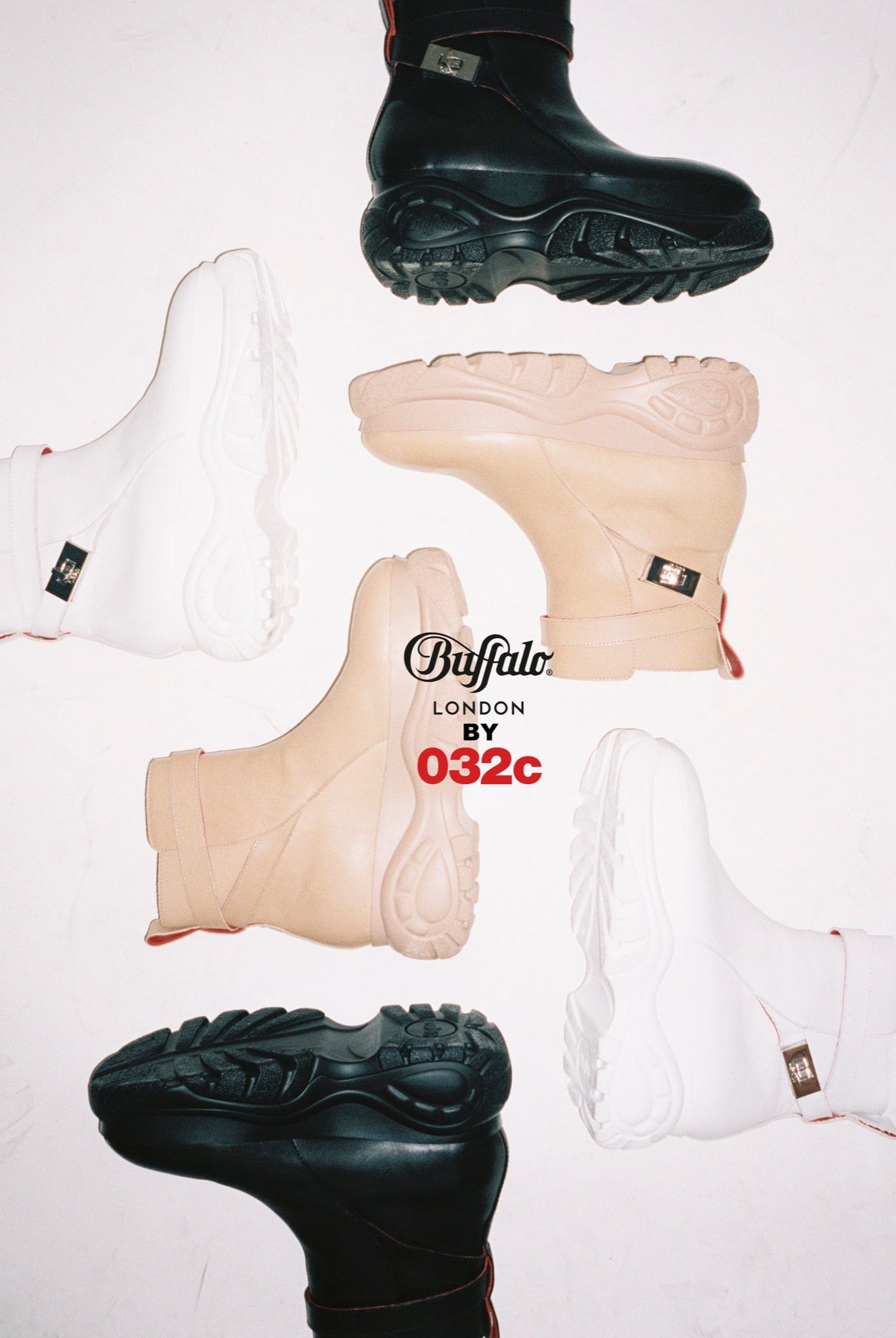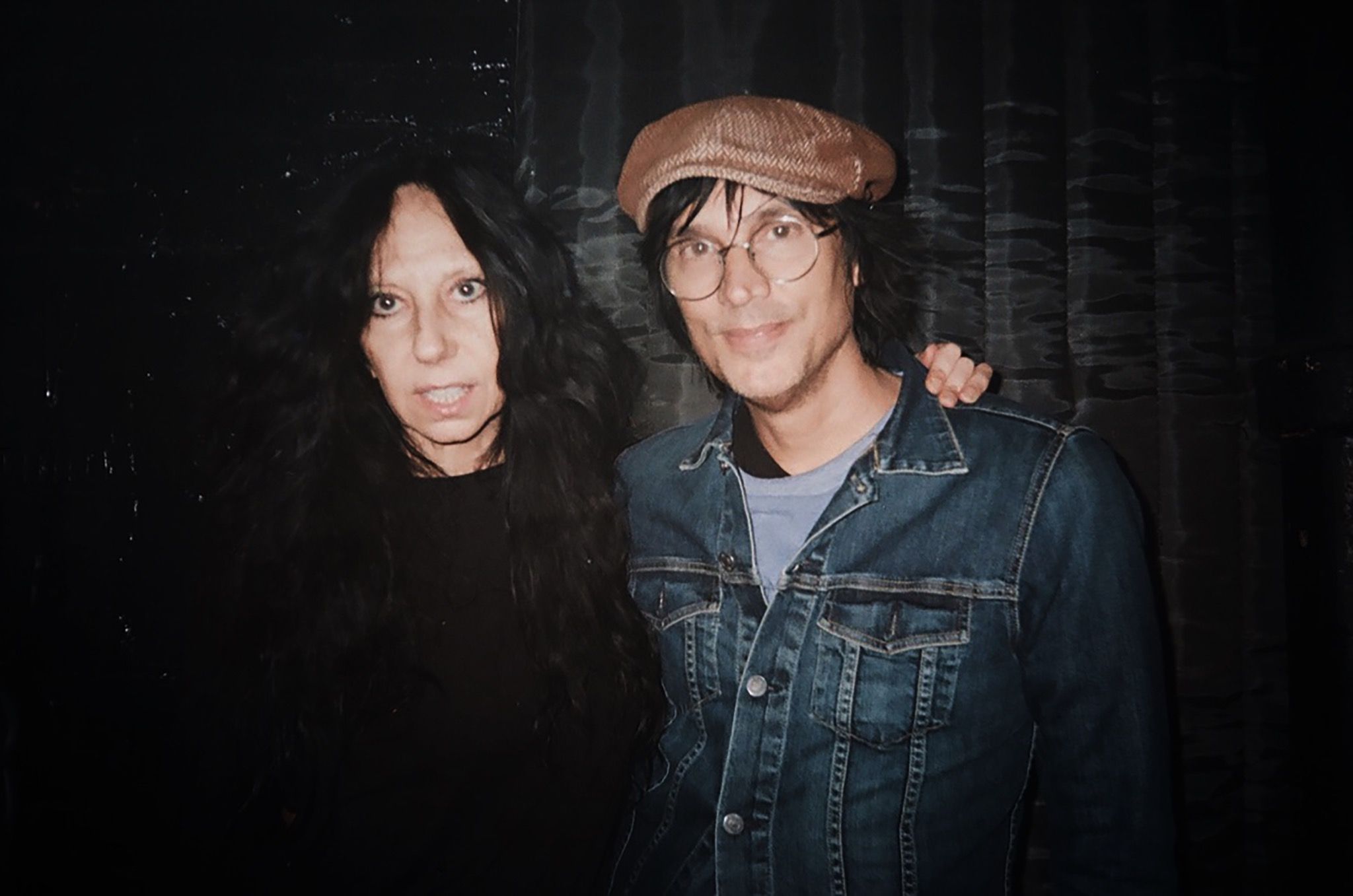JASON WU Masterclass
Earlier this year, the New York based JASON WU headed to California to teach a group of fashion students at the Otis College of Art and Design, joining a string of mentors who have passed on their knowledge at the Los Angeles institution. Stewarded by MADWORKSHOP, a non-profit serving and educating young designers, the program tapped Wu – who in addition to manning his own label has served as creative director for Hugo Boss, dressed Michelle Obama, and collaborated with Ru Paul – to zero in on the theme of the women’s uniform, delving into their function, their symbolism, and their history to create new work. The final collection, entirely designed by Otis students under Wu’s guidance between September 2018 and May 2019, was informed by special access to the Los Angeles County Museum of Art’s Costume and Textiles Department, where MADWORKSHOP board member and LACMA senior curator Sharon Takeda joined in the conversation, bringing with her expensive historical and global clothing expertise. After the collection reveal, Wu and Takeda gave 032c their perspectives on the importance of mentorship, and the uniform as a vessel for cultural variables surrounding work, identity, and social progress.

On decorporatizing the uniform
Jason Wu: Today, the concept of a uniform is much broader — it is less defined by what you do as something that feels personal and characteristic. My uniform is a black tee, black jeans, and white sneakers.
Sharon Takeda: The idea of the uniform has really changed. People want to express themselves through what they wear. A major shift in how we dress for work is evident through the ubiquity of streetwear and the freedom that casual culture lends itself to how people want to dress today. A recent change at Goldman Sachs, informing employees that business attire would no longer be required, solidifies the notion that we’ve broken away from the tradition altogether. For me, the term “uniform” is not strictly tied to the idea of a work uniform. It can also be applied to a popular pervasive style or trend such as the ubiquitous ensemble of a T-shirt, denim jeans, and sneakers.
On gender and uniforms
JW: I think the uniform has traditionally had a more masculine connotation, given that the workforce was largely male-dominated. Today, those ideals are much different and being able to explore what that means through this project at Otis has been really interesting. I liked the idea of concentrating on military uniforms, a traditionally masculine attire, as a key point of reference for this womenswear collection. To see the students interpret this theme in their own individual ways is a reflection of how far we’ve come as a culture in terms of gender equality and the freedom of self-expression today.

On fashion reflecting the zeitgeist
JW: Fashion continues to change and evolve — today, the lines between conventions such as menswear and womenswear are blurred as we become more inclusive and open minded as a culture. The conventional distinctions have fallen away not only with menswear and womenswear, but also with how American sportswear has influenced fashion. The Otis students got to examine a lot of 1950s men’s military uniforms for this project and were tasked to reinterpret them into a modern womenswear collection with a couture inspired sensibility.
ST: Yes, whether it was the sans-culottes that were worn in support of the French Revolution or the printed text and/or images on clothing today, our social and political beliefs can literally be reflected by what we wear on – or hide up – our proverbial sleeves.

On the cyclical nature of design
JW: I think things have moved to a very fast pace, trends come and go much quicker and seasonal fashion has seemingly gone more disposable. I personally believe that the tide will turn back to quality and timelessness again — it has to.
ST: The fashion world should slow down and allow fashion designers the luxury of developing their ideas and craft in a more organic way. Many designers try to historicize fashion but few can do it as creatively as Martin Margiela and Walter Van Beirendonck.
On the next generation
JW: American designers don’t always get the most credit when it comes to high design, and this group of students really demonstrated that there is real talent and interest in couture, quality design and craftsmanship. I think it’s always important to support the next generation — it is essential to our industry. The Otis project was a great experience, which I hope to continue doing more of. Working with these young talents and seeing the thrill of designing through their eyes was amazing, I felt like I learned just as much from them.



